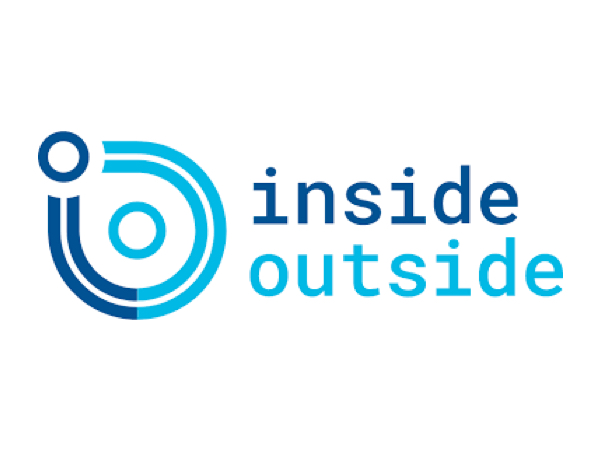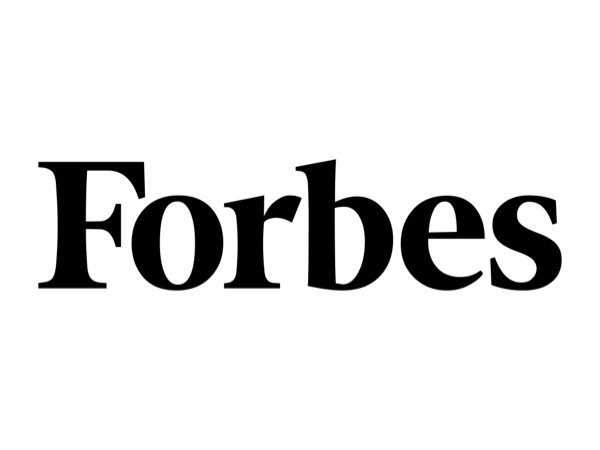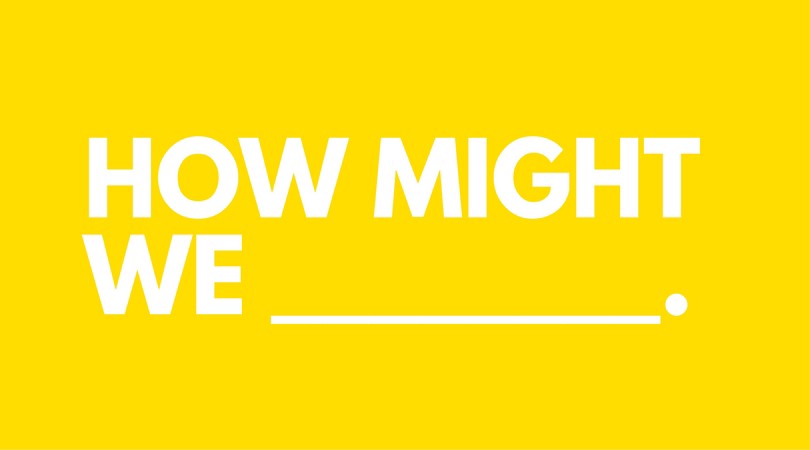


3 Reasons Why Letting Customers ‘Drive the Bus’ Could Be A Winning Strategy

Leveraging Innovation to Drive Real Results

“How Might We” is not BS. How We Use It Is.
“How might we ruin a perfectly good and useful tool?”
This might not be the question that innovators, design thinkers, and brainstorm facilitators wanted to answer. But it seems that it’s the one they did.
“The most popular design thinking strategy is BS,” proclaimed the headline on a June 28 article in Fast Company. “The ‘How might we’ design prompt is insidious, and it’s time to bury it.”
I’m a sucker for provocative headlines, especially ones that challenge that status quo, so I clicked and read the article. And I haven’t been able to stop thinking about it.
The reason “How might we” (HMW) is so insidious, the author asserts, is that
The “we” in HMW refers to the people in the room, not to the users, customers, or populations for whom teams are designing their products and services. The prompt looks inward instead of outward, encouraging people to build solutions that suit their own needs and experiences. They end up with offerings that don’t serve customer needs and may even hurt the people they’re meant to help.
The problem (and solution) of “We”
OK. Fair. As I recounted in last week’s episode of “What Matters in Innovation,” I saw this exact worry come to life when I was an Assistant Brand Manager on Swiffer WetJet. While the brainstorming promotional ideas as a brand team, the most senior member suggested a Valentine’s Day promotion encouraging men to buy a WetJet, then priced at $50, for their wives “because she’s worth it.” Everyone in the room nodded in silent awe and acceptance, except one person. Me. The only woman in the room.
Once I picked my jaw off the floor, I expressed concerns about the promotion, but they were brushed aside because “what woman wouldn’t want help cleaning the floor.” Instead of explaining the help that women wanted was probably more akin to a maid or the man doing the chores, I asked my boss to call his wife and get her opinion. He made the call, put her on speakerphone, and explained the situation.
“Would you please take me off speakerphone?”
He did but it wasn’t necessary. Her furious exclamations were easily overheard.
He put the phone down and the idea was never again discussed.
But as much as that story illustrates the problem of the “We,” it also demonstrates the solution – talk to your customers!
“We” is exactly who should be dreaming up a solution. After all, if a company is going to create a solution to a customer problem, the people coming up with the solution need to know if it’s something the company can and will do.
The problem doesn’t occur when “We” come up with a solution. The problem occurs when the design and development process stops with “We” instead of continuing back outside the conference room walls to see what “They” (our customers) think of what “We” created.
The solution (and problem) of “How might”
The article gives a brief and fascinating history of HMW, busting the myth that it started with IDEO by sharing stories from its first use at P&G:
In the early 1970s, business consultant Min Basadur helped steer an internal P&G product development team toward broader thinking through an HMW-driven discussion. By shifting the team’s focus away from competing products and encouraging them to consider more ambitious questions, he got them to be wildly creative while simultaneously leveraging P&G’s innate strengths.
“Wildly creative.”
I’ve been in hundreds of ideation sessions, including ones at some of the most creative companies in the world, and I can’t think of one that could be described as “wildly creative.”
40+ years ago, “Might” might have been novel enough to encourage people to be creative, to prompt wild ideas, and to risk sounding silly in the “safe space” of a brainstorming session. But not today.
Today, we’ve heard “How might we” so many times that we’ve stopped listening. Instead, we hear “How should we” or “How can we” or “How will we.” The pace of business is so fast and the work on our plates is piled so high that we don’t have the time or mental space to go beyond To Do and wonder what we might do.
The problem (and solution) at the end of “How might we”
What makes HMW BS isn’t “How might” or “We” it’s what comes after those words. It’s how we finish the sentence.
Sentence finisher problem #1
Once IDEO spread the gospel of design thinking and popularized HMW, they encouraged people to use it as a tool to solve “’wicked problems’ – problems that are so complex there is no right or wrong answer.”
Here’s the problem with that – “wicked problems” are things like racism, social inequality, economic inequality, food insecurity, gender discrimination. “Wicked problems” are not things that can be solved in a brainstorming session.
Sentence finisher problem #2
Far more common, in my experience, isn’t the use of HMW to solve wicked problems but rather to brainstorm solutions to customer problems.
At least, that’s what people say.
More often, HMW is used to brainstorm solutions to the company’s problem dressed up to look like a customer problem.
Consider this HMW prompt from a recent brainstorming session I was invited to:
“How might we decrease costs by getting more customers to use our self-service options?”
Luckily, the whole session fell apart quickly when I asked, “Do we know why customers aren’t using your self-service options now?” and the room fell into an awkward silence. If you don’t understand the problem, you can’t create a solution.
HMW is not BS. How we use it is.
If we use it as an excuse to stop talking to customers, that is our mistake, not a flaw with the tool.
If we stop hearing “might” and stay anchored in should, can, and will, that is our mistake, not a shortcoming of the tool.
If we use it to solve massively complex and arguable unsolvable problems because we’re too lazy to dig deeper, tease out the hundreds of root causes, and attack them one by one, that is our mistake, not the tool’s limitation
If we pretend that our solution is the customer’s problem, that’s our failure, not the tool’s,
After all, a good craftsperson never blames their tools.
